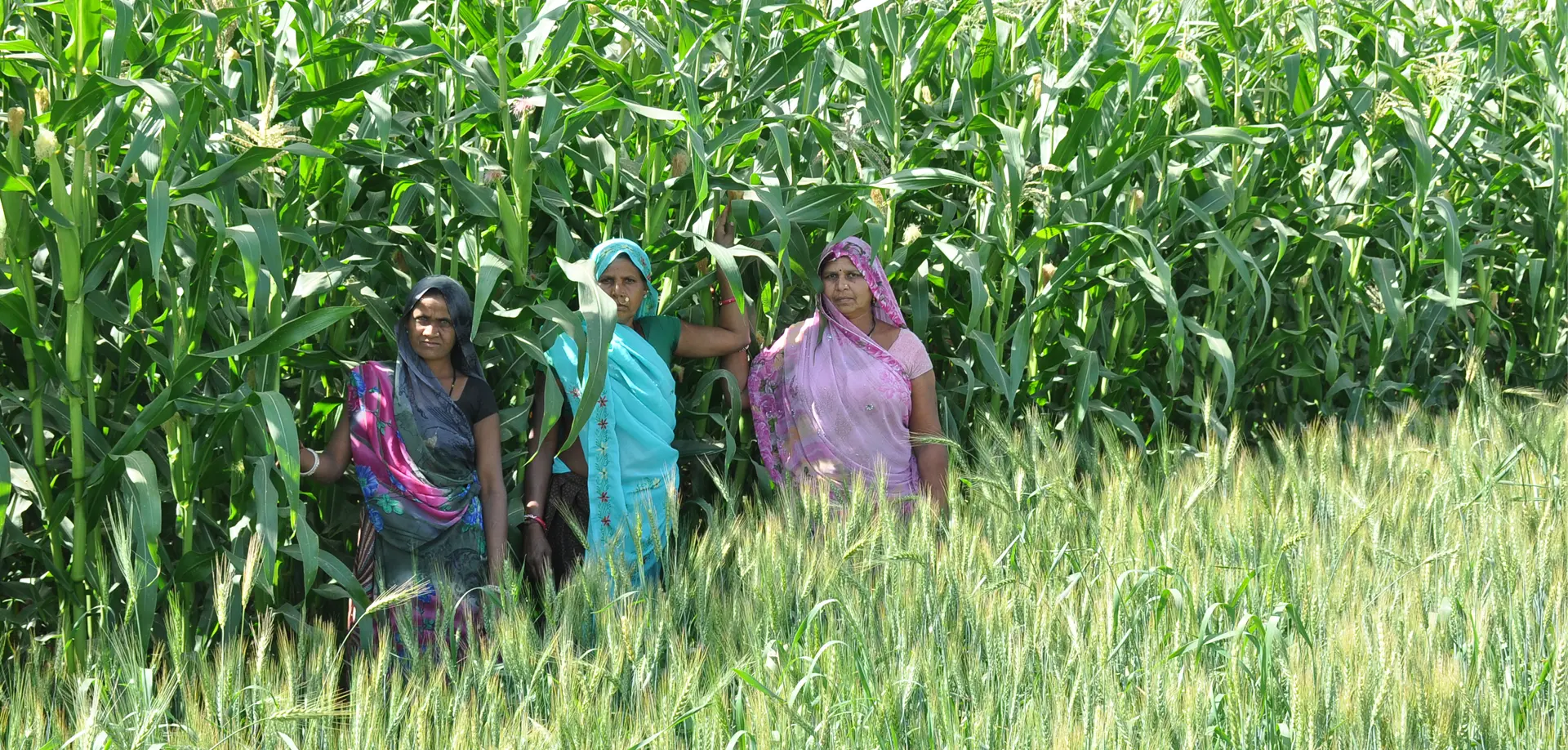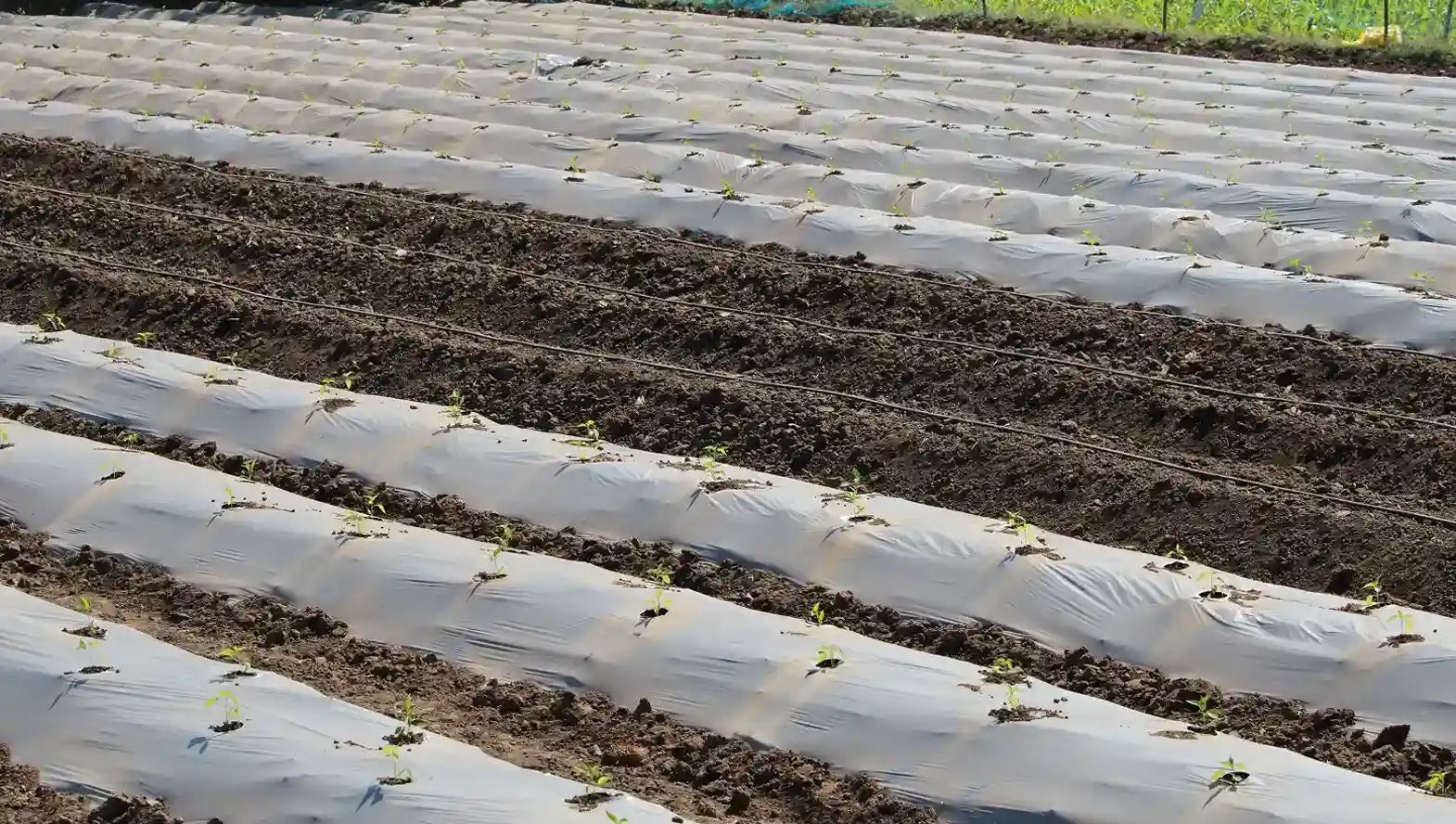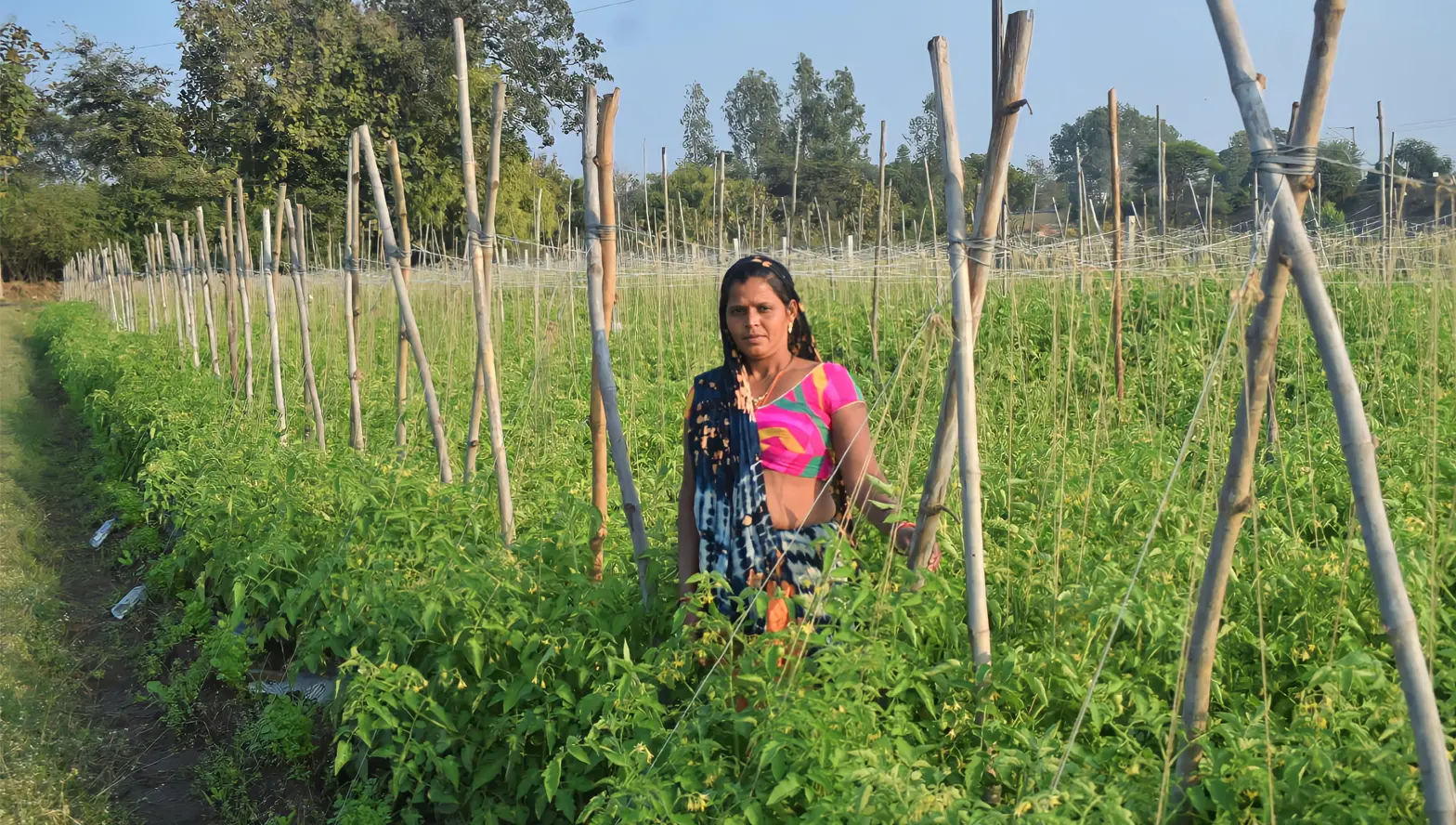
Increased
Crop Yields
Adoption of standard PoPs leads to improved crop production, especially in cereal and pulse crops, boosting yields significantly.

Capacity Building
for Farmers
Continuous training and support empower farmers to adopt best practices and become self-sufficient in managing their farms.

Diversified
Farming
The program encourages crop diversification and the adoption of high-value crops, increasing farm income and resilience.

Sustainable Farming Practices
Farmers are trained in sustainable farming techniques, including organic fertilizers, efficient irrigation, and land preparation, enhancing soil health and long-term productivity.

.webp)

